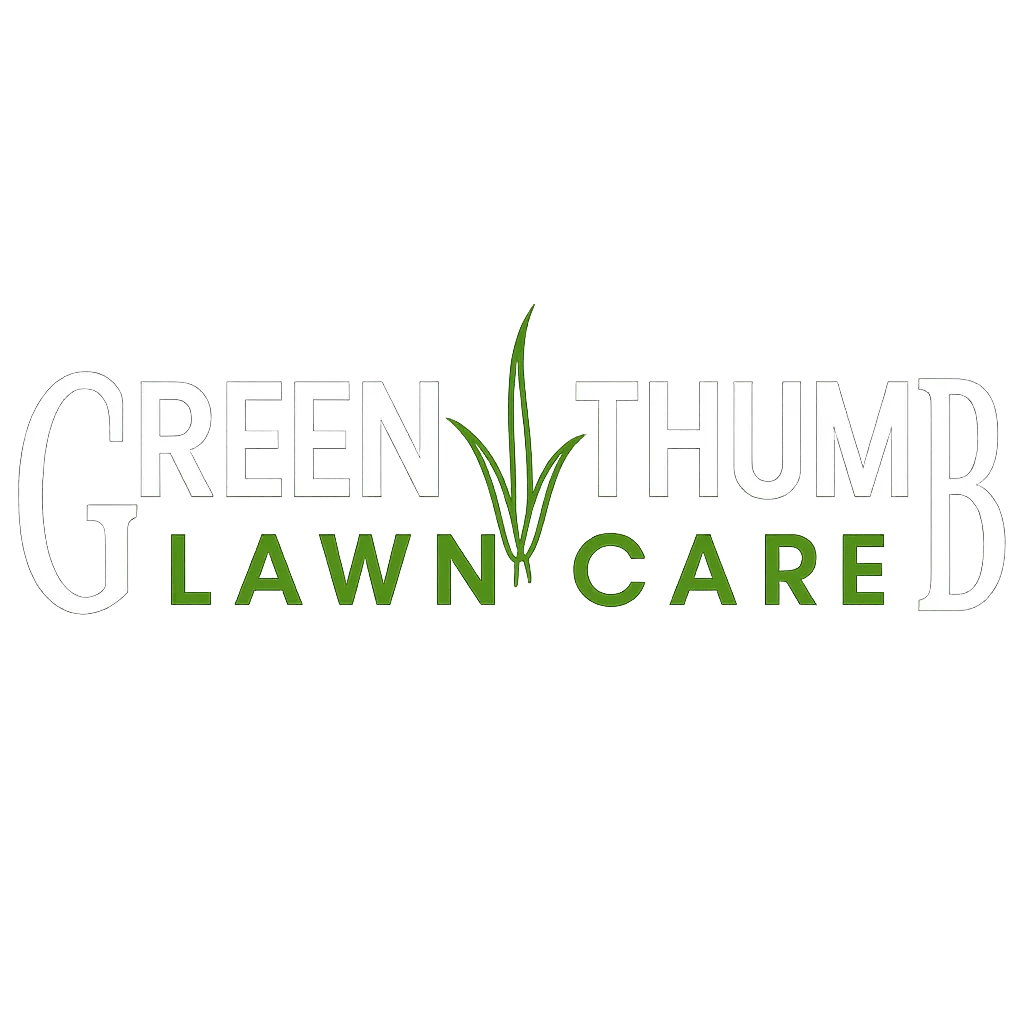Green Thumb has been locally owned and operated since 1980.
Frequently Asked Questions
Answers from our Green Thumb Turf Talk brochure
Everything from what’s included in your program to safety, payments, scheduling, and special situations – all in one place.
Lawn Maintenance & Program Details
Learn how long we’ve been serving the community, what materials we use, and what’s covered in your annual lawn care.
Both! We use granular fertilizers and liquid weed controls. The combination of these two methods allows us to provide your lawn with a long-lasting green color and exceptional control of weeds.
There are five scheduled applications per season with anywhere up to eight materials being applied on one treatment. Crabgrass control, weed control, insect control, grub control, fungus and disease control, and fertilizers are all included in our program. If any problems arise throughout the season, don’t hesitate to call us.
We offer soil sample analysis, core aeration, lime treatments, flea and tick control, and seeding. Soil analyses are sent to a lab for a $5 fee and can be subject to change. All of our other service pricing is subject to your individual lawn size.
Some of our customers opt to only have their front yard serviced for the curb appeal. Please let us know if you’re interested so we can adjust your square footage and price accordingly.
Generally speaking, we recommend two main practices:
• Mow the lawn at the tallest setting on your mower.
• Water the lawn regularly.
Every lawn is different, so it’s always best to speak directly with your technician about your unique requirements. Always refer to the instructions left behind by your technician at each visit.
Billing, Pricing & Contracts
How payments work, what your price includes, and options if you’d like fewer services or need to cancel.
Payments are made by check. We have an annual or monthly payment plan for your convenience.
Note: Your monthly payments are not per service. Your initial payment plus all monthly payments are equal to your current season’s cost.
Your annual cost on the enclosed contract encompasses all of your lawn’s fertilizer, herbicide, and insecticide needs for the season.
There are some services that most lawns will not need every year and are not included in your contract. If you’ve hired a landscaper to take care of your lawn and landscape’s other needs, your technician can make recommendations for additional services to improve the overall health of your lawn.
Our most beautiful lawns are fertilized and inspected five times a year. However, it is possible to achieve satisfactory results with a minimum of three applications on some lawns. Please call our office to discuss a possible reduced service program that will suit your needs and expectations.
You may cancel your contract at any time. Upon cancelling, we expect prompt payment for all services rendered. You will not be charged for any remaining applications if the contract is cancelled midseason.
Service Visits, Guarantee & Scheduling
What happens on visit day, how our guarantee works, and how we communicate before and after treatments.
Absolutely! We are a service company. If the results of any application are not satisfactory, please call us. We’ll reapply that application or refund the cost of that application.
Not only do we guarantee satisfactory results, we will do extra applications for fertilizer, weed, and insect controls as needed if any problems arise.
Sure! Please write “Call First” on the top of your contract and your technician will contact you the day before your scheduled services.
We always recommend waiting 24 hours before re-entering treated areas on your property. This ensures that enough time has passed for all dusts to settle and all sprays to dry.
As a further precaution, we recommend watering a day or two after applications to rinse all spray residues off of the leaves and to bind the fertilizers to the soil profile. After our materials are watered in and dried out, the lawn may be used and safely enjoyed.
You bet. We always try to leave these areas looking cleaner than when we arrived.
Safety, Less-Toxic Options & Pests
Information on less toxic programs, licensing, moles, voles, moss, and where to find product labels.
We offer three general programs – Classic, Restricted, and Pesticide-Free. If you’re interested in our restricted or pesticide-free programs, we would love to custom tailor a program that best suits your expectations as well as your concerns.
With the exception of new hires, who are licensed after a year of apprenticeship, all of our applicators are licensed by the New York State DEC.
A very common misconception about moles is that if you’ve got moles, you’ve got grubs. Grub activity will certainly attract moles to your lawn, but that does not necessarily mean they are the culprit in all instances.
Up to 90% of a mole’s diet consists of earthworms and other insects. As a courtesy, we will inspect your lawn for grub activity and apply a granular grub killer if grubs are present. Unfortunately, we cannot guarantee control of moles. We can recommend local wildlife control experts if needed.
Like moles, voles are not typically responsible for long-term or heavy damage to turf. While they will eat grass blades and stems, they become noticeable due to the large number of slender tunnels that they create and not from signs of stress or damage.
Tunnels can be raked over or stamped down to deter vole activity and lawns will rebound over the course of the season.
Unfortunately, moss is a problem of environmental conditions. The best way to reduce moss issues is by opening those problem areas up to more sunlight penetration.
All product labels are available on our website at www.greenthumbturftalk.com.

